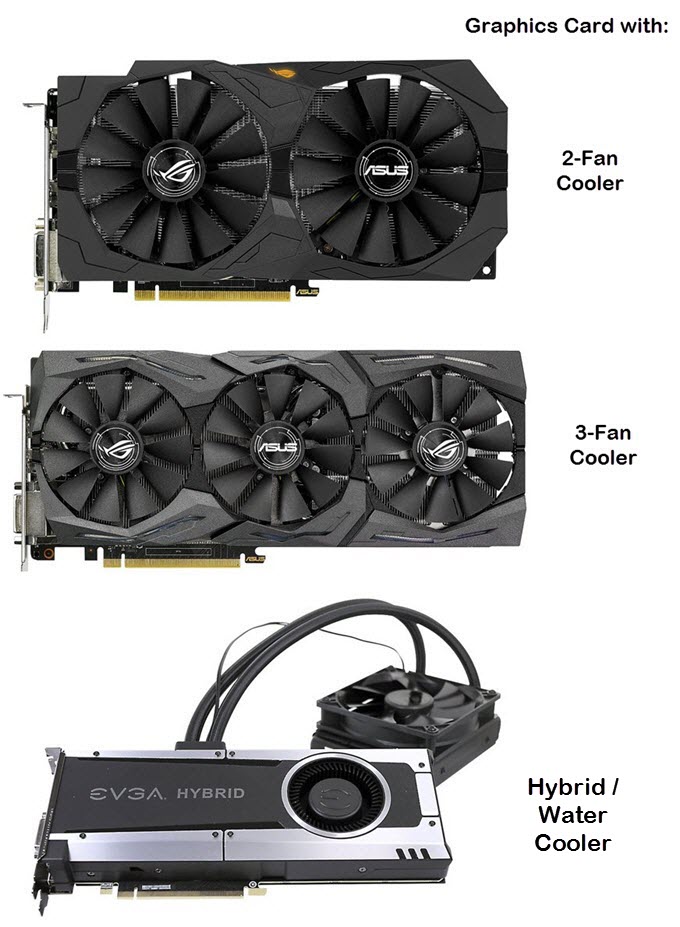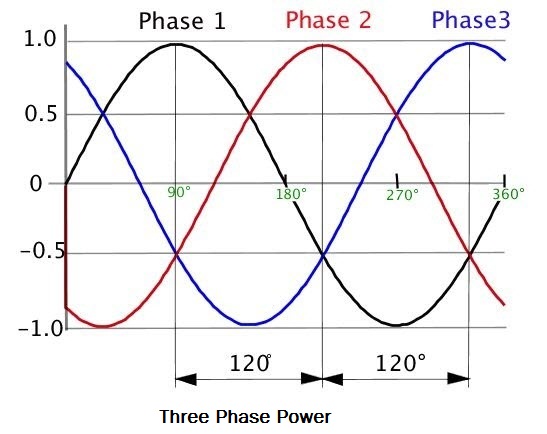Graphics card overclocking is a process of increasing the frequencies of GPU and Video Memory to enhance graphics card performance. Overclocking is not for everyone as it is a bit of a risky process and it can void the warranty of your graphics card. But on the positive side, it can really boost your graphics card performance to up to 15% to 20% or maybe, even more, depending on the amount of overclocking and graphics card capability.
You can overclock any graphics card using graphics card overclocking software. There are many graphics card overclocking software available on the internet but you can find the best ones on the link given below. These overclocking software can be used to overclock Nvidia and AMD graphics cards.
Must Read: Best Graphics Card Overclocking Softwares and Tools
Each graphics card has its own overclocking potential and beyond it would fail and may get damaged or burnt. Even graphics cards with the same GPU from different manufacturers have different overclocking potential. This is because of the various factors that I am going to explain below and also tell you how you can choose the best graphics card having the greatest overclocking potential.
What to Look for in a Graphics Card for Overclocking?
Here are the most important things that you have to look for when you want to buy a graphics card with a higher overclocking capability. These tips apply to both Nvidia and AMD graphics cards.
Cooling Solution / Cooler
When you overclock a graphics card then the temperature of its major components i.e. GPU, VRAM and VRM (Voltage regulator module) rises to a great amount. So if you are planning to buy a graphics card with good overclocking capability then you have to look for a graphics card with a good cooler having two or three fans and a heatsink equipped with heat pipes and copper plates. If you really want to go pro then you can buy a graphics card with liquid or water cooling solution having a hybrid cooler or water block cooler. You can read more about the various types of graphics card cooling solutions by going to the link given below.
Must Read: Different Types of Graphics Card Cooling Solutions

Better Cooler = Lower Temperature + Higher Overclocking
So if your graphics card cooling is good then you can push your graphics card GPU to much higher frequencies and get more performance out of it. You can also overclock the video memory of your graphics card but generally, it does not have that much effect on the performance of the graphics card compared to GPU overclocking.
Also Read: Best Aftermarket Coolers for Graphics Cards
Power Phase
Power Phase is also an important factor that governs the overclocking potential and stability of graphics cards. It is a very technical term and may be hard to understand for some users, but here I am going to explain it in the easiest manner. AC Current travel in the form of sine waves and the difference between each sine wave is known as a phase. A single-phase system has only one sine wave and it has a phase difference of 360 degrees whereas a three-phase system or power supply has three sine waves and the difference between two peaks is 120 degrees or they are separated by an angle of 120 degrees each. This results in cleaner power, stable voltages, and better load carrying capacity. So a graphics card with more phases means it has more VRMs (Voltage Regulator Modules) and thus can be overclocked to higher frequencies without putting the load on the MOSFETs and VRMs.
With more phases, you can push more voltage to GPU for higher clocking without worrying too much about the stability of the graphics card and the temperature of the VRMs. Graphics Cards with more power phases tend to be expensive compared to graphics cards with lesser power phases. Below you can see a three-phase power system.

More Power Phases = Better Stability during Overclocking + Higher Overclocking + Constant Power Delivery + More Stable Voltage + Less Ripple and Jitters
Power Phases for graphics cards are expressed as X + Y notation. Here X is the power phase for GPU and Y corresponds to the power phases for memory or memory controller. For example, a graphics card having 8 + 2 Power Phases means it has 8 power phases for GPU and 2 power phases for VRAM or Video Memory. So a graphics card with a 12+2 power phase will have a higher and more stable overclock compared to a graphics card with a 7+2 power phase, even with graphics cards having the same GPU and memory configuration.
Advantages of More Power Phases
- Better and stable power delivery
- Much Stable voltages
- Less Ripples and Jitters
- Lesser load on VRMs (also lower temperatures)
- More Overclocking Potential
- Higher current carrying capability
- Higher overall efficiency
See also:
- Guide for Overclocking Graphics Card
- Factory Overclocked vs Self Overclocked Graphics Cards
- Overclocked vs Non-Overclocked Graphics Cards Comparison
- Guide to Increase Graphics Card Performance
Final Words
In the end, I would like to say that if you are a hardware enthusiast and want the best graphics card for overclocking then you must keep the above-mentioned points in your mind. Overclocking is the only way to increase your graphics card performance and if you do it right then you can extract more juice from your graphics card which results in a significant performance increase in games. If you still have any queries or doubts then simply ask me by leaving a comment below.
(*This post may contain affiliate links, which means I may receive a small commission if you choose to purchase through the links I provide (at no extra cost to you). Thank you for supporting the work I put into this site!)
![How to Fix Graphics Card Not Detected Problem [Solutions & Tips] How to Fix Graphics Card Not Detected Problem [Solutions & Tips]](https://graphicscardhub.com/wp-content/uploads/2017/05/graphics-card-not-detected-211x150.jpg)
![Fix Graphics Card Running at x8 Instead of x16 [Causes & Solutions] Fix Graphics Card Running at x8 Instead of x16 [Causes & Solutions]](https://graphicscardhub.com/wp-content/uploads/2019/06/fix-graphics-card-pcie-x8-instead-at-x16-211x150.jpg)
![Fix CPU Fan Not Spinning [Top Causes & Solutions] Fix CPU Fan Not Spinning [Top Causes & Solutions]](https://graphicscardhub.com/wp-content/uploads/2020/02/cpu-fan-not-spinning-fix-211x150.png)